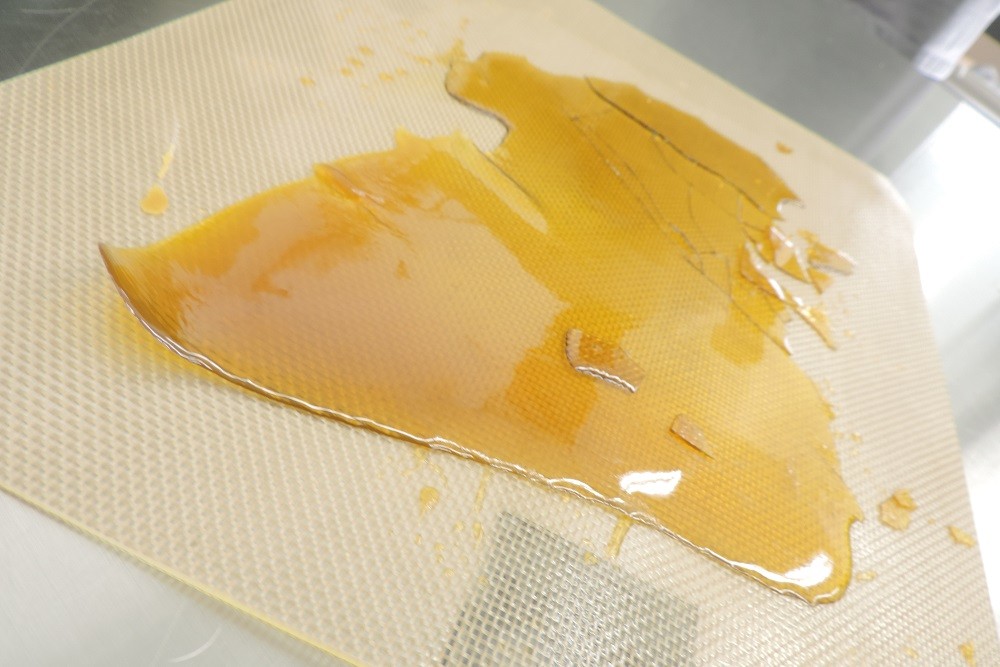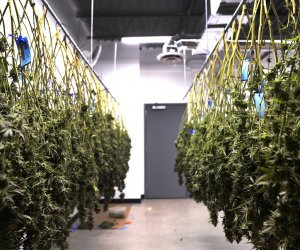Terpenes & terpenoids in cannabis are what cause and create the Marijuana Aroma, smells and flavors that each different strain has. The typical scent of Cannabis results from about 140 different terpenoids. Isoprene units (C 5H 8) form monoterpenoids (C 10 Skeleton), sesquiterpenoids (C 15), diterpenoids (C 20), and triterpenoids (C 30). Terpenoids may be acyclic, monocyclic, or polycyclic hydrocarbons with substitution patterns including alcohols, ethers, aldehydes, ketones, and esters.
This is what causes some strains of marijuana to be “stinkier” than others.
Controlling Marijuana Aroma
The essential oil (volatile oil) can easily be obtained by steam distillation or vaporization. The yield depends on the cannabis type (drug, fiber) and pollination; sex, age, and part of the plant; cultivation (indoor, outdoor etc); harvest time and conditions; drying; and storage. For example, fresh buds from an Afghani variety yielded 0.29% essential oil. Drying and storage reduced the content from 0.29 after 1 week and 3 months to 0.20 and 0.13%, respectively. Monoterpenes showed a significantly greater loss than sesquilterpenes, but non of the major components completely disappeared in the drying process.
Facts about Marijuana Aroma and Flavors
– Over 120 different terpenes can be manufactured by Cannabis, some only in trace amounts with others in double-digit percentage.
– Produced in the Trichomes, the same glands where THC is produced, comprising between 10 and 20 percent of the total oils produced by the glands.
– About 10-30% of cannabis smoke resin is composed of terpenes/terpenoids.
– Drug sniffing dogs are able to smell odorous terpenes, not THC.
– Age, maturation and time of day can affect the amount and ratios of terpenes. They are constantly being produced but are vaporized by heat and light of the day….So Harvest in Early Morning!!
– Climate and weather also affect terpene and flavonoid production. The same variety, even genotype, can produce a different terpene profile when grown in different soils or with different fertilizers.
– In addition to many circulatory and muscular effects, some terpenes interact with neurological receptors.
– A few bind weakly to Cannabinoid receptors.
– Others seem to alter the permeability of cell membranes and allow in either more or less THC.
– Others affect serotonin and dopamine chemistry (neurotransmitters)







